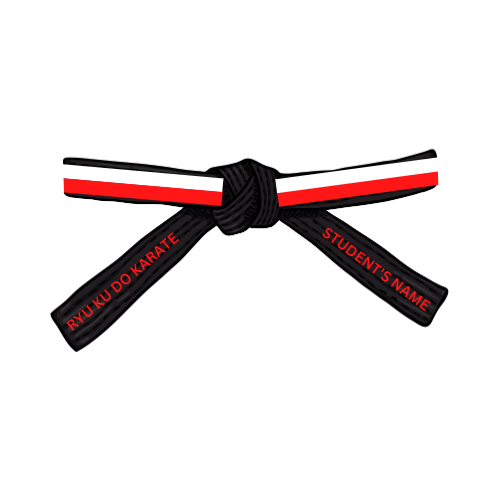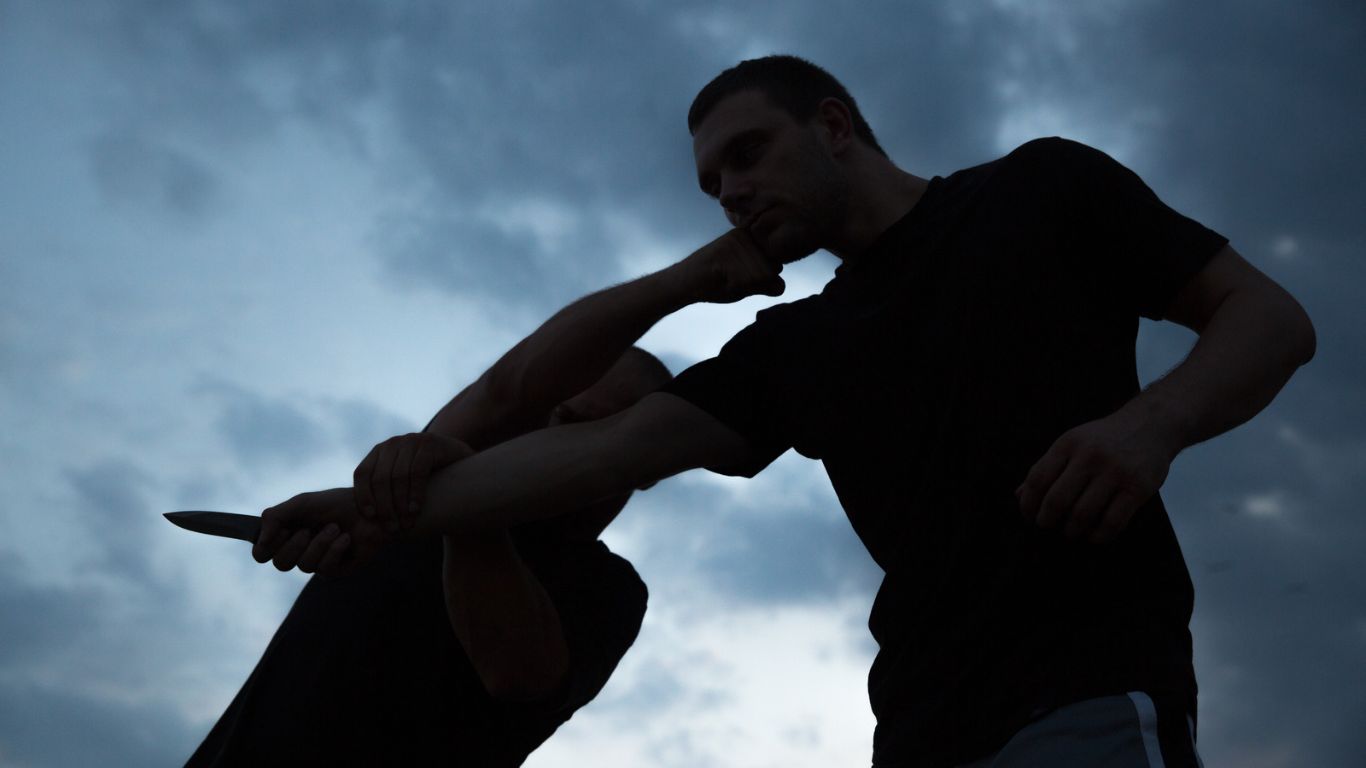Edged Weapon Training in RKD Karate: A Journey towards Mastery
In the practice of martial arts, including RKD Karate, the use of weapons is a crucial component of the training. A weapon, especially an edged weapon such as a knife, is a tool designed for a specific purpose, and the way in which it is used reflects the user's intention, skills, and knowledge.
Sun Tzu's words in "The Art of War" emphasize the importance of understanding both oneself and one's opponent in order to succeed in combat. "If you know the enemy and know yourself, you need not fear the result of a hundred battles. If you know yourself but not the enemy, for every victory gained you will also suffer a defeat. If you know neither the enemy nor yourself, you will succumb in every battle."
In the learning of RKD Karate, students start by learning to attack using their hands and feet before learning to defend against one or more empty-handed attackers. This focus on understanding oneself and the enemy reflects the idea that knowledge and understanding are crucial to success in combat.
At the 4th degree level, the training shifts to responding to weapon attacks, especially against edged weapons. Edged weapons, such as knives, pose a greater threat than empty-handed attacks and require a higher level of understanding and skill to defend against.
The use of edged weapons in the practice of RKD Karate represents a higher level of mastery, reflecting the idea that knowledge and understanding are key to success in combat. By mastering the art of defending against edged weapons, a practitioner demonstrates not only physical skill, but also a deep understanding of the principles of combat.
However, in confrontations involving an edged weapon, if the practitioner's fear response is triggered (fight or flight) and they become overwhelmed, the knife-wielding assailant will have a significant advantage. The main purpose of the training is to raise awareness of such threats and avoid confrontations altogether by moving offline from the potential threat.
If a confrontation with an aggressor using a knife is unavoidable, the practitioner's ability to regulate activation of the adaptive response is essential. To achieve this, the RKD practitioner adopts an attitude of cold intent. Cold intent is a fearless, cold fury, intent on quickly and decisively terminating the assailant's ability to harm. Central to cold intent is being in the zone, fully present and focused, within the flow of the moment, able to respond adaptively without thought, known as no mind-fluid body.
The use of weapons, especially edged weapons, in the practice of RKD Karate is a crucial component of the training that reflects the idea that knowledge and understanding are key to success in combat. By mastering the art of defending against edged weapons, a practitioner demonstrates physical skill and a deep understanding of the principles of combat, while also preparing themselves to regulate their adaptive response in real-world situations. In the end, the primary goal of such training is awareness of such threats, which underscores desire of the prepared practitioner to avoid physical confrontation all together.


